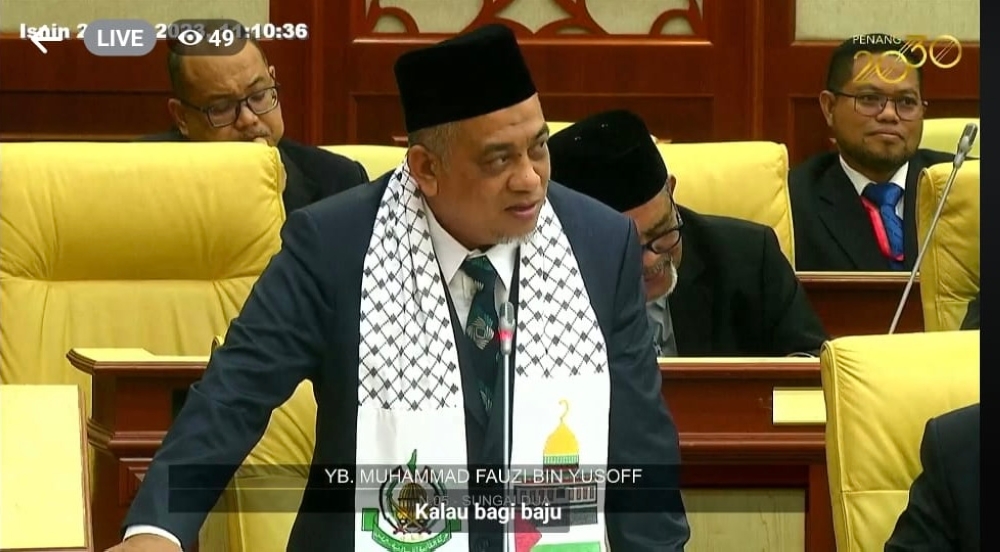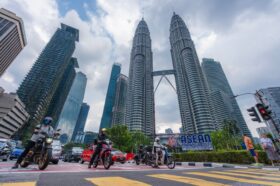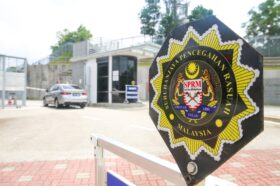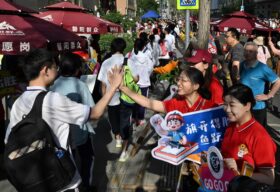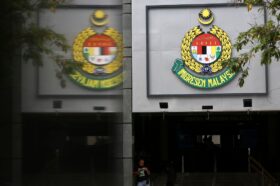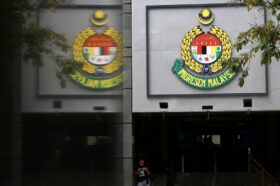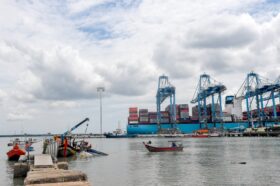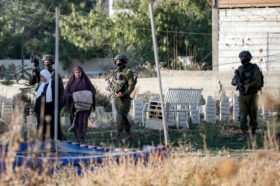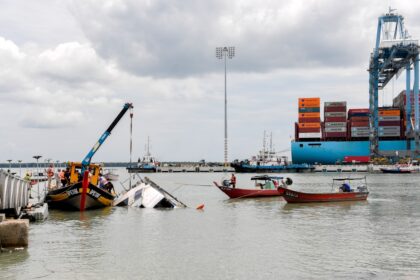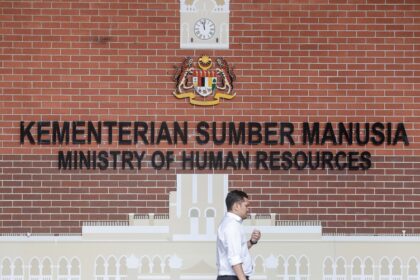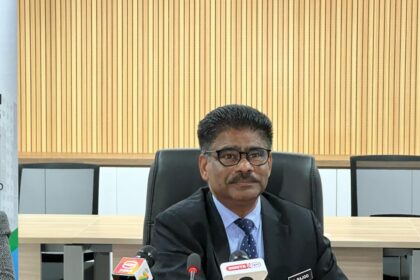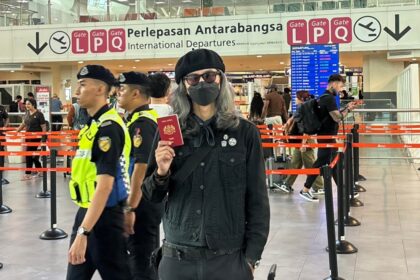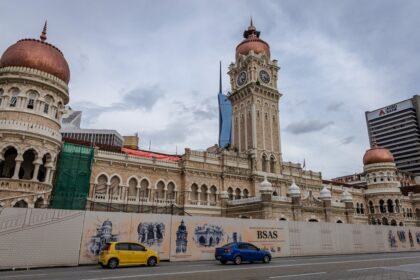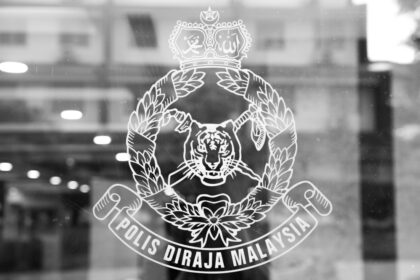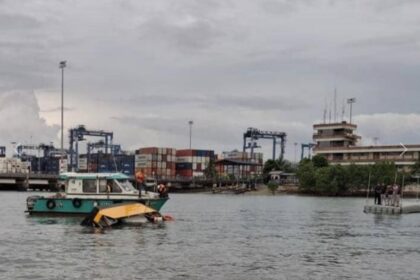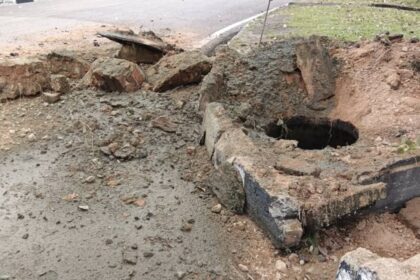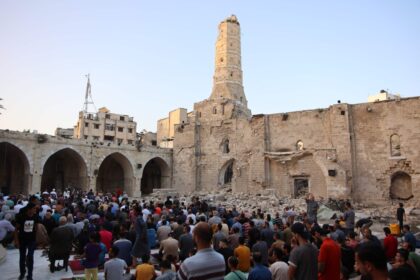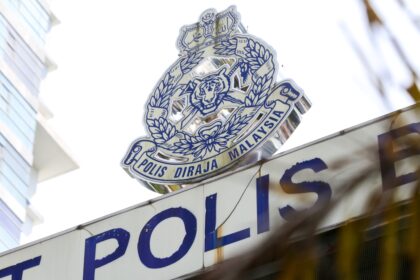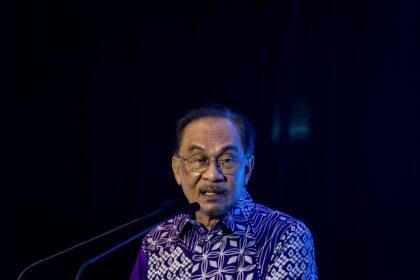GEORGE TOWN, May 19 — Penang Opposition Leader Muhammad Fauzi Yusoff (PAS-Sungai Dua) today called for greater transparency regarding the Mutiara Light Rail Transit (LRT) project in Penang.
He questioned the rising costs of the multibillion-ringgit project and its effectiveness in addressing the state’s worsening traffic congestion.
“The government continues to push the LRT and Pan Island Link (PIL) projects as ultimate solutions to traffic congestion, but we need to know: what is the actual cost of this LRT project? Is it truly the best solution, and most importantly, is it worth it?” he said during the debate on the motion of thanks to the Penang Yang di-Pertua Negeri’s speech in the state legislative assembly.
Muhammad Fauzi also urged the state government to release the Traffic Impact Assessment (TIA) report for the project, calling it a critical document for a mega project of this scale.
“This project will undoubtedly worsen traffic congestion during its construction phase. What measures will the government take to address this issue?” he asked.
He further inquired about the status of land acquisition for the LRT project.
“The government has said land acquisition will be carried out in stages and maintained at a nominal rate. Has this process been completed? How many families or businesses will be affected?” he asked.
Muhammad Fauzi raised concerns about underground infrastructure works such as water pipes, sewerage systems, and utility cables, which need to be relocated for the project.
“A project of this scale requires early management of underground utilities to avoid delays and additional costs. Has a timeline been set for these relocations, and are their costs included in the overall project budget?” he asked.
He also questioned whether Penangites would widely use the LRT once it is operational.
“We need to know what percentage of Penangites are expected to use this LRT. Are the proposed station locations aligned with the daily routes of residents traveling between homes, workplaces, towns, and industrial areas?” he asked.
Muhammad Fauzi suggested that improving the public bus system might be a more practical alternative.
“The state can expand the existing Demand-Responsive Transport (DRT) services, which are more effective,” he said, adding that the government should compare the costs and socio-economic impacts of other public transport options before committing to the LRT.
He pointed out that while the LRT was promoted as a tourist attraction with a station near Penang International Airport, a Rapid Bus service already serves the area.
Regarding the proposed alignment connecting Penang Island and Penang Sentral in Butterworth, he asked whether it would involve an underwater tunnel or an elevated bridge.
“Each method comes with different costs and impacts, particularly on the marine environment and coastal ecosystems. Long-term safety and maintenance risks must also be considered, especially if an underwater route is chosen, which would require ventilation, drainage, and specialised technology,” he said.
Muhammad Fauzi urged the government to conduct a detailed study on the alignment.
“What are the technical and financial justifications for the proposed route?” he asked.
He emphasised that the opposition is not against development but wants projects that genuinely benefit the people.
“We do not want to see Penang become an elite city that marginalises ordinary citizens to benefit developers,” he said.
Source:  Penang Opposition leader questions Mutiara LRT project costs and impact
Penang Opposition leader questions Mutiara LRT project costs and impact
